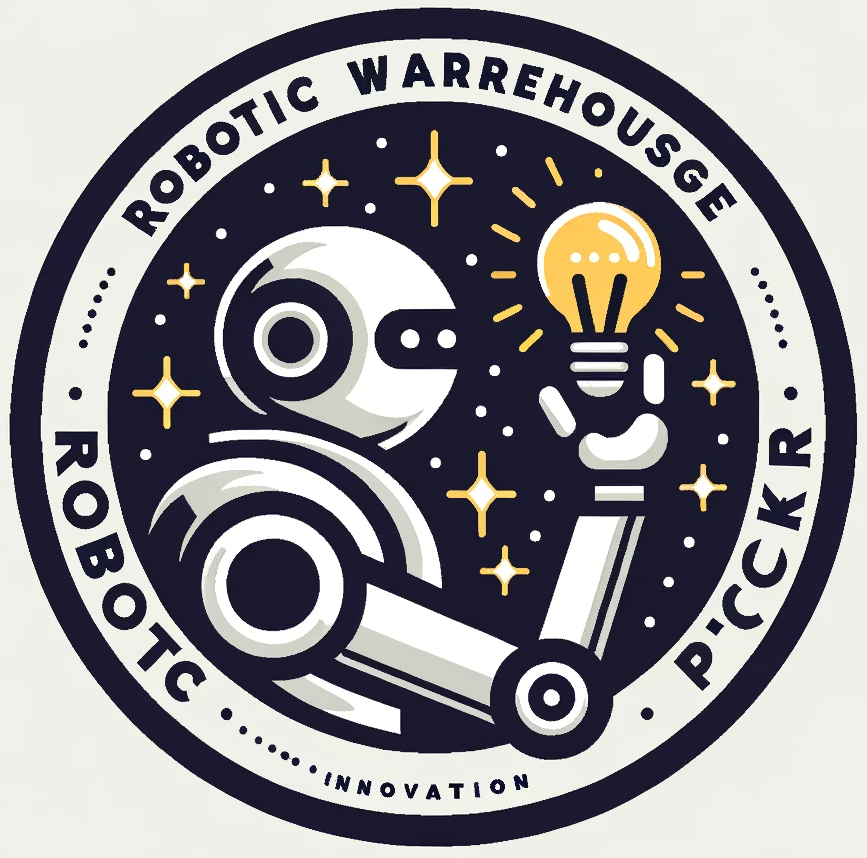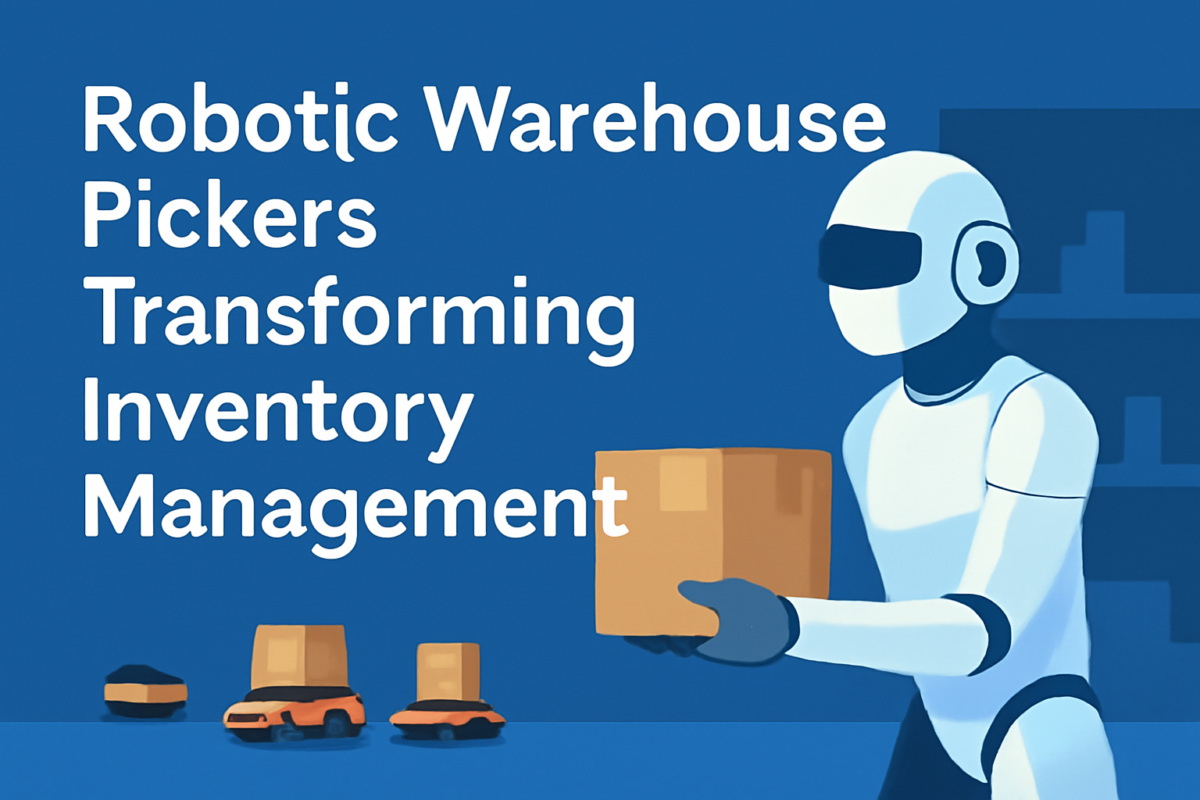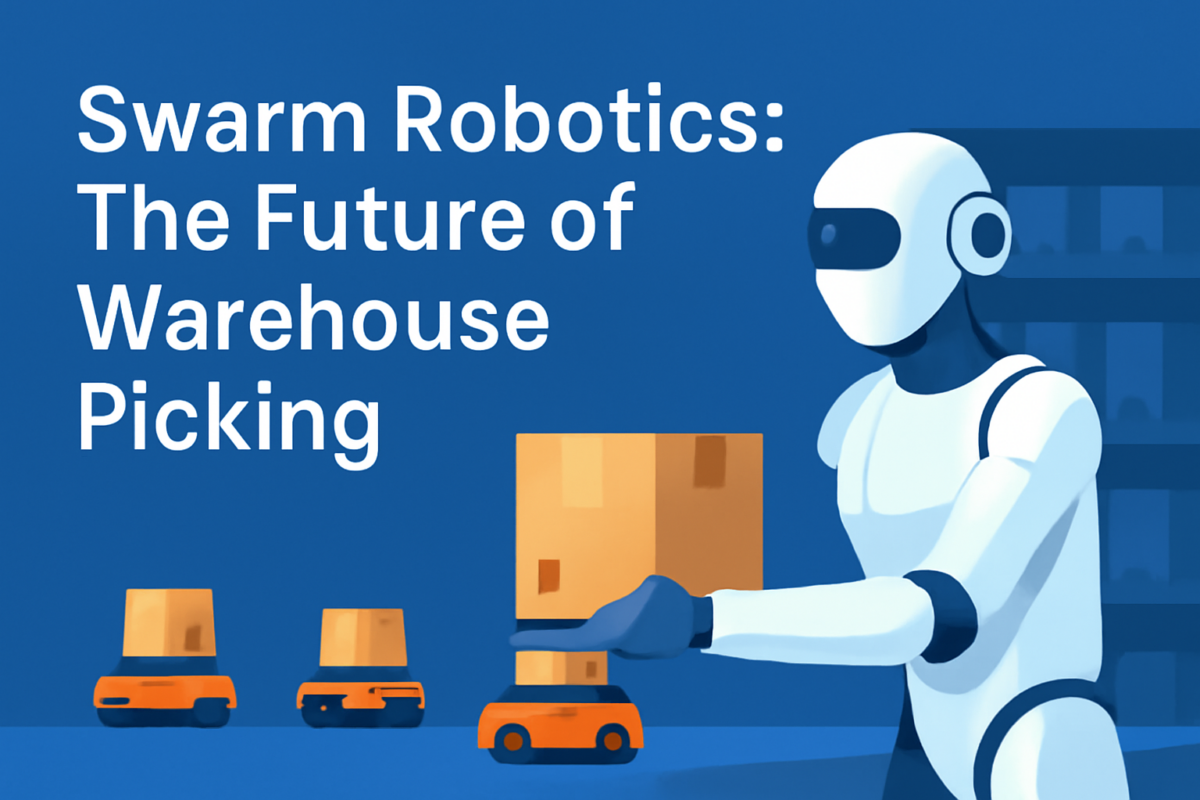Robotic Warehouse Pickers Transforming Inventory Management
Introduction
Modern warehouses are experiencing a technological shift. Gone are the days of manual inventory tracking and inefficient fulfillment. Enter the robotic warehouse picker, an innovation in inventory management robotics that blends AI, automation, and logistics to streamline operations. These smart machines are at the core of the new wave of automated warehouse technology, enabling faster, more accurate, and scalable inventory systems.
In this blog, we’ll explore how robotic warehouse pickers are transforming inventory control, boosting warehouse productivity, and redefining robotics in logistics.
The Evolution of Robotic Warehouse Pickers
A robotic warehouse picker is an autonomous machine designed to locate, pick, and transport items across a warehouse. Unlike traditional conveyor-based systems, these mobile robots operate independently using advanced sensors, AI algorithms, and real-time data.
- Driven by AI and sensor fusion
- Navigate dynamically using SLAM and machine vision
- Improve robot picking accuracy over time
What sets robotic pickers apart is their ability to adapt. Whether it’s a shift in SKU location or an unexpected obstacle, these bots recalibrate on the fly. This makes them ideal for dynamic warehouse environments where change is constant.
ALSO READ: Listen Up: Here’s How to Stop Your Warehouse Wasting Your Money

Benefits of Inventory Management Robotics
Deploying inventory management robotics provides significant advantages:
- Increased accuracy in picking and stock updates
- Real-time inventory visibility across zones
- Reduced labor costs and human error
- Enhanced warehouse productivity through 24/7 operations
These robots are integrated with AI warehouse systems that update stock levels as items are picked, packed, and shipped. This reduces stockouts, overstocking, and operational delays, ultimately boosting customer satisfaction.
In addition, robotic systems ensure that high-value or sensitive goods are handled with precision, significantly reducing damage and loss.
The Role of AI in Warehouse Automation
At the heart of these robots lies AI warehouse systems. These systems enable:
- Predictive stocking and restocking
- Demand forecasting
- Route and load optimization
- Inventory cycle automation
With AI, warehouse automation shifts from reactive to proactive. Robots equipped with AI can predict when stock will run low, autonomously reorder, and optimize item placement for future efficiency.
For example, if a certain SKU becomes a top-seller, the AI system can reassign it to a more accessible zone and alert the robotic pickers. This constant feedback loop drives continuous improvement.
Image Prompt: AI-powered warehouse dashboard showing live robot activity, SKU heat maps, and predictive inventory analytics
Logistics Robots and Real-Time Fleet Coordination
Managing multiple logistics robots requires intelligent coordination. Modern systems employ centralized platforms that provide:
- Task balancing among pickers
- Collision avoidance and navigation
- Monitoring of robot health and charge levels
These platforms enable warehouse automation on a fleet level. Managers can scale operations by simply adding new robots without extensive reconfiguration. The system auto-balances workloads and prevents downtime by directing robots to charge proactively.
As warehouses grow in complexity, logistics robots also support integration with ERP and WMS system, ensuring synchronized data flow across departments.
Optimizing Inventory with Robotics in Logistics
One of the most significant impacts of robotics in logistics is on inventory optimization. Robotics contributes to:
- SKU-level tracking and reporting
- Automated cycle counting
- Smart zone replenishment
- Faster stock audits
By using robots for inventory checks, warehouses can move from periodic to continuous auditing. This minimizes discrepancies and ensures a more agile and responsive supply chain.
Robot Picking Accuracy and Enhanced Warehouse Productivity
Precision is a hallmark of modern robotic systems. High robot picking accuracy is achieved through:
- 3D cameras and object recognition
- AI-based grip and weight analysis
- Adaptive learning from picking history
As accuracy improves, so does warehouse productivity. Fewer errors mean fewer returns, less rework, and faster order fulfillment. Warehouses can confidently handle high volumes without sacrificing quality.
Whether picking delicate pharmaceutical items or bulky consumer goods, robotic systems are trained to adjust their handling approach, ensuring consistent performance at scale.
Frequently Asked Questions
What is a robotic warehouse picker?
A robotic warehouse picker is an autonomous robot that locates, retrieves, and delivers inventory items using AI, sensors, and mobile navigation within a warehouse setting.
How do robotic pickers improve inventory management?
They reduce errors, offer real-time inventory updates, and improve picking speed, leading to more accurate and efficient stock control.
Are these robots suitable for all types of warehouses?
Yes, modern robotic pickers can be customized for various warehouse layouts, inventory types, and order volumes, from small startups to large-scale 3PLs.
What technologies power robotic warehouse pickers?
AI algorithms, 3D vision, LiDAR, SLAM (Simultaneous Localization and Mapping), and fleet management software power modern robotic picking systems.
Can robotic pickers scale with business growth?
Absolutely. These systems are modular, allowing businesses to add more robots as demand grows, without overhauling infrastructure.
Conclusion: The Robotic Picker Advantage
The future of warehouse operations is automated, intelligent, and resilient. Robotic warehouse pickers are a central part of this evolution, delivering unmatched efficiency, precision, and scalability.
From inventory accuracy to operational agility, these robots redefine how we manage modern logistics. With continued advances in automated warehouse technology, early adopters are already witnessing fewer errors, faster deliveries, and stronger bottom lines.
Whether you’re optimizing an e-commerce hub or a manufacturing warehouse, robotic pickers offer a smart path to competitive advantage.
Future-Proof Your Inventory Operations
Leverage the power of robotic warehouse pickers and transform your logistics with intelligent, AI-driven automation.
Talk to our automation experts to find the right solution for your warehouse needs.


